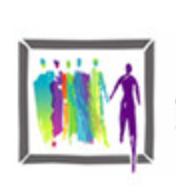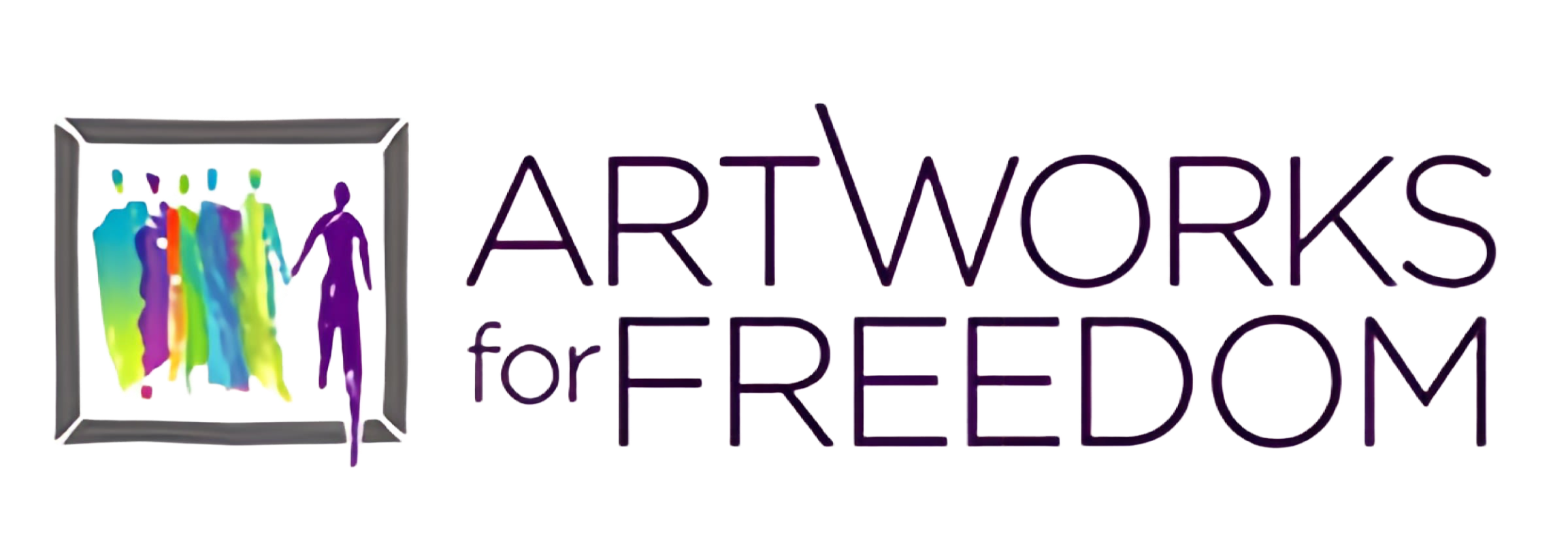In our Freedom Q&A series, we interview artists, NGO leaders, academics, students, grassroots activists and others around the world who are using their voices and creative skills to fight human trafficking.
This week, we hear from Molly Gochman, creator of the Red Sand Project.

MOLLY GOCHMAN is an experiential artist based in New York City, whose work reaches across the world. When ArtWorks President and Artistic Director Kay Chernush learned of Molly’s Red Sand Project, an on-going collaborative art installation created to raise awareness of modern day slavery, she knew it would be a perfect fit to include in ArtWorks’ world-wide campaigns to raise awareness of human trafficking. What makes Molly’s work so powerful is its ability to immediately draw audiences in, breaking down the wall that often exists between an artwork and observers. As passersby fill pavement cracks with red sand, symbolizing the vulnerable members of society who are frequently the most exploited by human traffickers, they participate in the art-making process and become activists who bring attention to this issue. The Red Sand Project even caught the attention of Hollywood actor Ashton Kutcher, who shared a rare image of his daughter using red sand to raise awareness of human trafficking.
The collaborative spirit embedded in the Red Sand Project is evident in the artist’s own approach to working with other artists and organizations. As a result, ArtWorks has presented Molly’s work as part of our recent campaigns in Atlanta and Mumbai. This month, during our campaign at the University of Wisconsin-Madison, her beautiful fine art prints of various Red Sand installations will also be featured, while students and townspeople perform sidewalk interventions. We’re so grateful to have Molly Gochman as part of ArtWorks’ coalition of artist-activists, and we wanted to know a little bit more about her thoughts on the role that art can play in spurring social change, particularly in the anti-trafficking movement. Here’s what she had to say.
How did you learn about human trafficking and why did you decide to become involved in the anti-trafficking movement?
I read an article about modern day slavery, which shocked and horrified me. Part of my shock was due to the fact that I did not know it was happening. How could something so barbaric and prevalent get so little media exposure and attention from activists?
What inspired the Red Sand Project? How is it similar or different from other work?
When I started my learning journey in the anti-human trafficking space, organizations asked me to help spread awareness of human trafficking. I learned that it is happening everywhere. Like sidewalk cracks, human trafficking is all around us. It’s frequently stated that human trafficking is hidden in plain sight. Red Sand Project helps bring the subject out of hiding. We are not mindful of the signs of trafficking or the vulnerabilities that lead to it. Red Sand Project invites people to take an action by filling a sidewalk crack with red sand. In performing this action, one sees that one can have impact. It also helps people begin a conversation about trafficking and the vulnerabilities that lead to it.
What have you learned about human trafficking since starting the Red Sand Project?
People want to engage in the issue but are wary of how to begin the discussion. The act of participating in the art project helps them engage alone or with others.
How do you think your work helps to reach new audiences that may not understand human trafficking or how pervasive it is?
Using art helps bridge the beginning of a discussion. It invites people to begin their engagement at their own comfort level.
What role do you feel the arts in general can play in anti-human trafficking work?
Art invites people to engage their senses as well as their intellect. Art can instigate empathy. As people become more empathetic, they will be less likely to exploit others. Art can spread awareness. As more people become aware of this issue, our power to fight modern day slavery will grow. Also, art therapy is a useful tool for helping survivors.
***
Thanks to Molly for sharing her thoughts with us! Make sure you check out Red Sand Project online, and follow the project on Facebook, Twitter and Instagram.
ArtWorks for Freedom uses the power of art to raise awareness about modern day slavery and human trafficking. Working locally and globally and engaging art in all its forms, we are transforming public perceptions, educating individuals, communities and policy makers, and inspiring action to put an end to modern day slavery.




